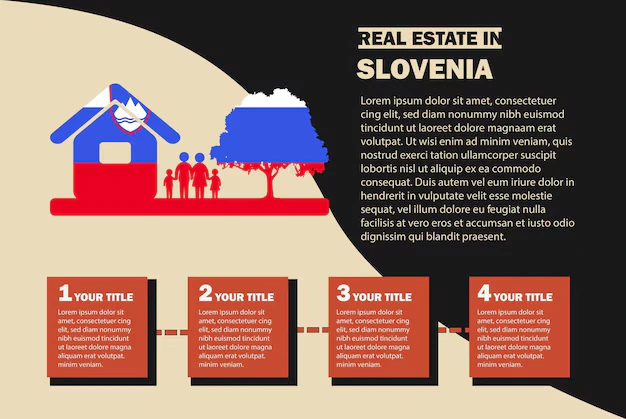Introduction
Home insurance is a vital safeguard, protecting your most valuable asset—your home. Yet, many people remain unsure about what their policies truly cover. Misinformation and assumptions can have significant consequences when disaster strikes. Let’s explore the truth behind common home insurance myths.

Myth 1: Home Insurance Covers All Natural Disasters
Fact: Not all natural disasters are covered.
Home insurance typically covers events like fires and certain windstorms but excludes floods and earthquakes. To protect against these risks, additional policies like flood insurance or earthquake coverage are necessary. Review your policy carefully to understand its limitations and consider supplemental coverage for regional risks.
Myth 2: My Home Insurance Automatically Covers All Personal Belongings
Fact: There are limits on personal property coverage.
Most policies set caps on high-value items like jewelry, electronics, or collectibles. If you own expensive items, consider adding a rider or endorsement for extra coverage.
Myth 3: Older Homes Are Cheaper to Insure
Fact: Older homes often have higher premiums.
Older properties may cost more to insure due to outdated electrical systems, plumbing, or structural vulnerabilities. Upgrading critical systems can lower costs and improve insurability.
Myth 4: Home Insurance Covers Business Activities
Fact: Home policies typically exclude business activities.
If you run a business from home, your policy may not cover related damages or liabilities. Investing in a business insurance policy can bridge this gap and protect your enterprise.
Myth 5: Filing Small Claims Won’t Affect My Premium
Fact: Even small claims can impact your rates.
Frequent claims signal higher risk to insurers, potentially increasing your premium. For minor incidents, consider whether it’s cost-effective to pay out of pocket rather than filing a claim.
Myth 6: I Don’t Need Flood Insurance if I’m Not in a Flood Zone
Fact: Floods can happen anywhere.
While flood zones are high-risk areas, floods can occur in unexpected places due to heavy rains or infrastructure failures. The Federal Emergency Management Agency (FEMA) reports that over 20% of flood claims come from low-risk zones.
Myth 7: My Landlord’s Insurance Covers My Belongings
Fact: Renters need their own insurance.
A landlord’s policy typically covers the building but not the tenant’s belongings. Renters insurance is essential for protecting your personal property and providing liability coverage.
Myth 8: Home Insurance Includes Maintenance Issues
Fact: Maintenance-related damage is excluded.
Policies cover sudden and accidental damage, not wear and tear or neglect. Regular upkeep is essential to avoid costly repairs and potential claim denials.
Tips for Choosing the Right Home Insurance Policy
- Assess Your Needs: Evaluate risks in your area and the value of your possessions.
- Compare Policies: Look beyond price; check coverage, exclusions, and limits.
- Understand Your Policy: Read the fine print and ask your insurer for clarifications.
- Consider Add-ons: Evaluate the need for riders, flood insurance, or umbrella coverage.
- Bundle Policies: Combining home and auto insurance can save money.
How to Handle Claims Effectively
- Document the damage thoroughly with photos and videos.
- Report the incident to your insurer promptly.
- Provide accurate and complete information to expedite processing.
- Work with your adjuster to understand settlement terms.
- Keep records of all communications and expenses.
Conclusion
Understanding the facts about home insurance is crucial for securing adequate protection and avoiding costly mistakes. By debunking these common myths, you can make informed decisions and ensure peace of mind for you and your family.
